Chaxi
An introduction to Chaxi
Tea time traditions
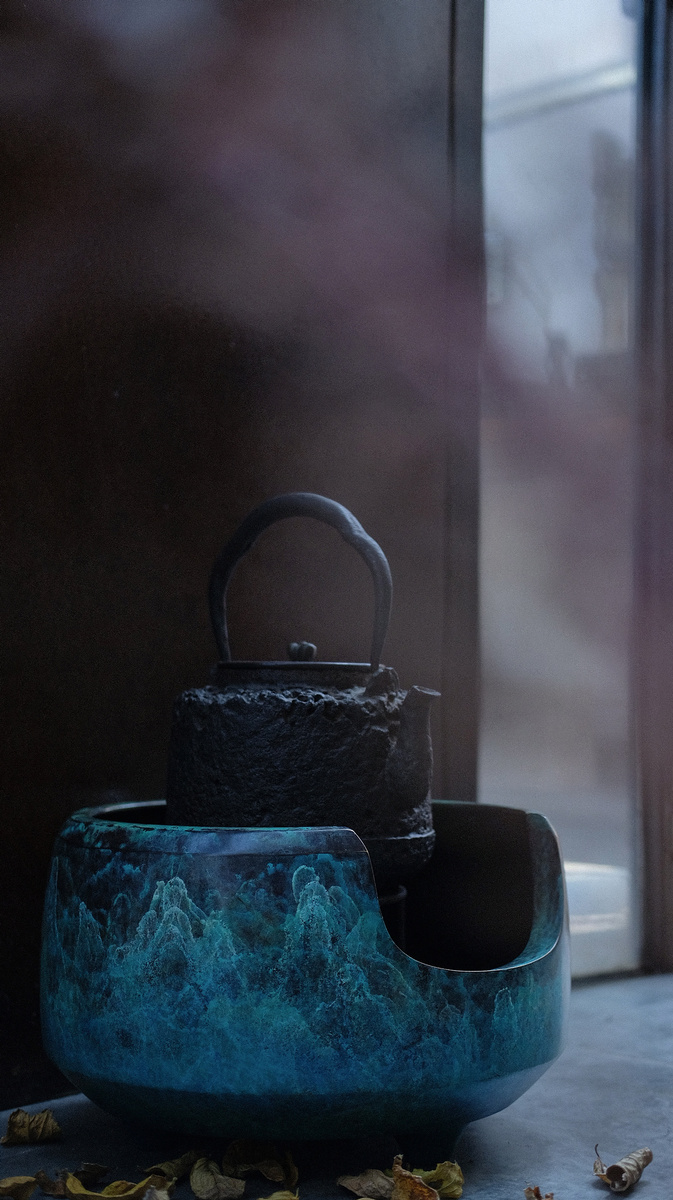
In the Eastern cultures tea drinking has thousands of years of tradition, so it does not come as a surprise to say, that several tea rituals have evolved over time as well. Among the many ceremonies, probably the Chinese and the Japanese are the ones Western people have some kind of image in mind about. What both of them have in common is the meticulous and attentive approach to every single detail which can never divert attention away from the tea itself. The venue for tea ceremonies, the occasion of tea drinking or the tools used are of course all essential. Yet, the beverage must always act as the central element.
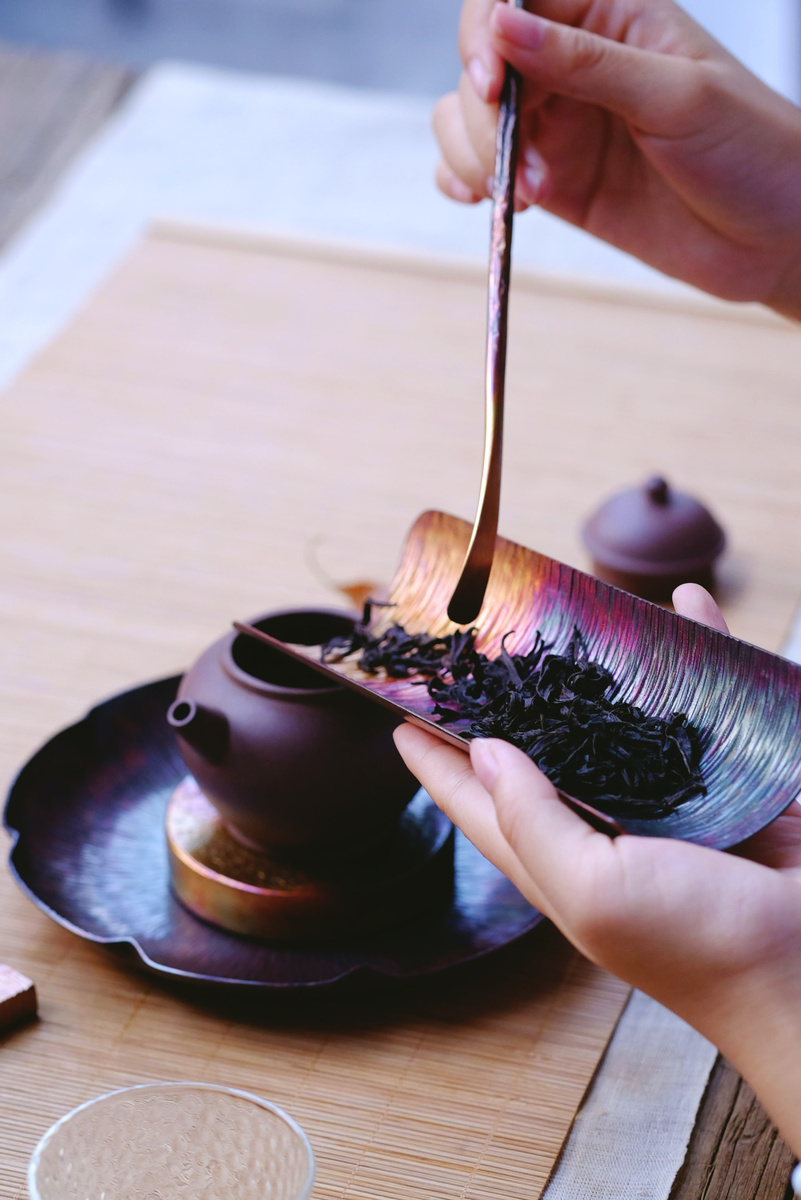
Tea drinking, if it takes place in the spirit of Eastern tradition, is a real ceremony and every occasion is a festivity at the same time. You have probably already realized that this approach is not in favour of the extremely accelerated and often shallow lifestyle of Western societies. The following statement might sound like a cliché, but this philosophy has slowly started to seep into the public’s consciousness. In order to actually experience life and the events surrounding us, we have to slow down ourselves. Learning how to prepare tea properly, planning and conducting a tea ceremony can be an excellent teacher on our way to achieve this goal. However, it is easier said than done, because we think it is the natural state of our world being in a constant rush, so we just do the same. The concept of Chaxi derives from the Chinese tea culture and is one of the cornerstones of tea ceremonies. Let’s take a deeper look into the philosophical basis of Chaxi.
Cha Dao and Gongfu
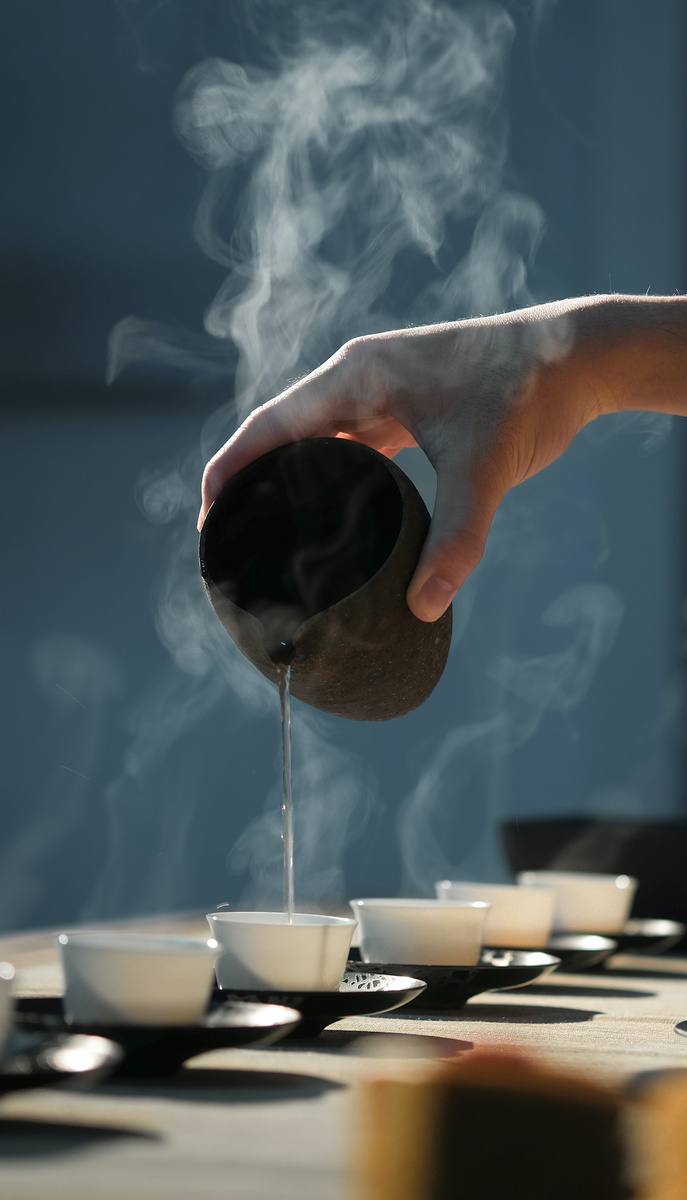
To have a clearer picture about the Chinese way of preparing and consuming tea, there are two concepts that are worth familiarizing yourself with: Cha Dao and Gongfu:
-
In Chinese, ’Cha’ stands for tea, while ’Dao’ is practically a principle, a way of life. Dao helps staying in balance with nature and the world surrounding us by exercising the principles of consciousness, gratefulness and tranquility. Tea is one of mankind’s most important and sacred beverage, that is – depending on its type – used for either vitalizing or calming the body and the soul. For its immune-boosting, stress-reducing and memory-enhacing effect it was already widely used as a medicinal herb in ancient times.
Respect for nature, the way we treat tea as a plant, make raw tea into a drink and how we pass on this knowledge: the philosophy of Cha Dao. Thus, Cha Dao, when translated directly means ’the way of drinking tea’ including all its components. - Gongfu in a nutshell is the traditional Chinese way of making tea. At every tea ceremony the most essential is to create tea as perfect as possible. The term might be more familiar when it comes in the form ’kung fu’, which in a word-to-word translation means ability or effort. That is to say, Gongfu is something to be mastered or improved. It is by no means limited to pouring hot water on dry tea leaves; the aim is for the tea to be tasteful and excellent in all its elements. According to several tea experts, Gongfu is the only proper way of making tea.
Chaxi
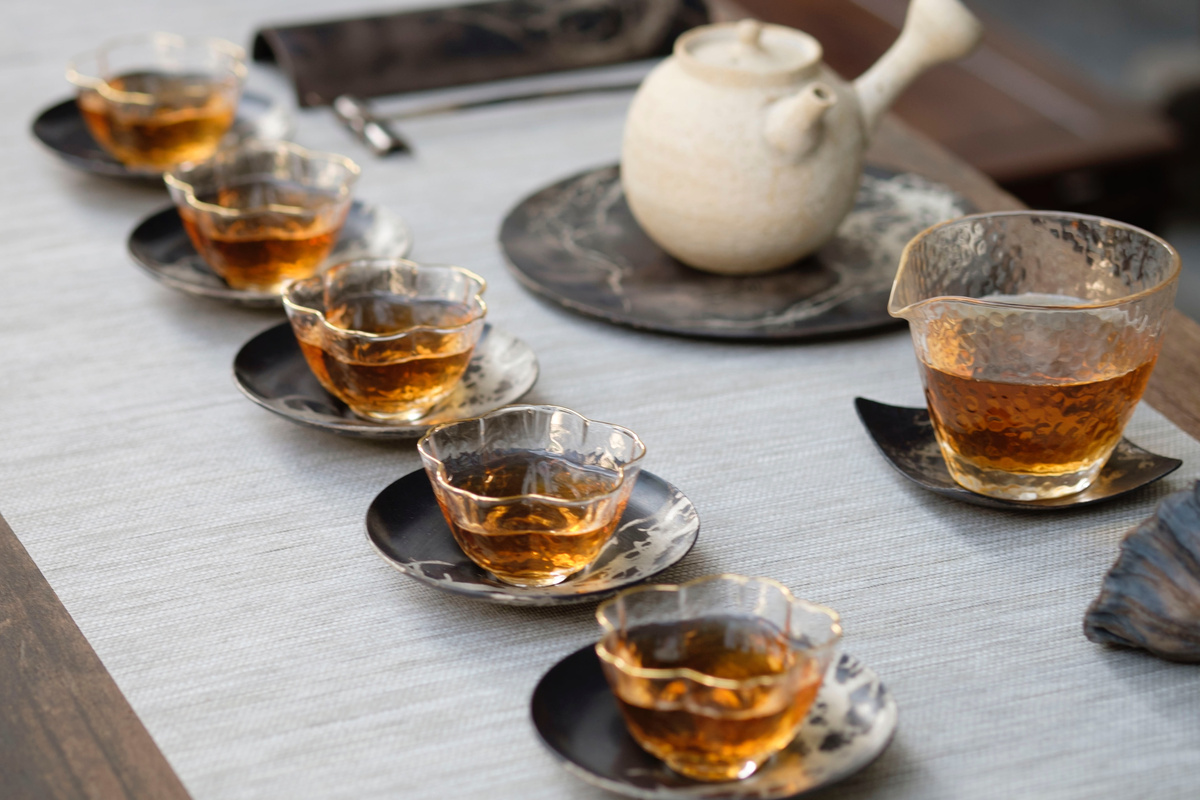
To summarize it in a few words, Chaxi represents the way we prepare for a tea ceremony and how we implement the ritual eventually. It is of course a more complex process, so it is not the way to take it so easy. A slightly odd-sounding and simple translation of Chaxi could be ’the stage of tea’. However, it is still the proper definition of those occasions where tea is always in the spotlight, everything else serves only as a background, an addition to the main element.
Everytime we prepare for a tea ceremony is the same as if we were hosting guests on any other occasion. We show our respect towards them by cleaning up the place and by creating an environment that makes them feel important and being taken care of. It is essential to keep in mind that we never exhibit ourselves when setting up a Chaxi, the focus should always be on the tea; it is just like an altar for the tea. This does not mean, of course, that we can not use our creative side for getting the best result. It is also important to avoid the concept becoming an end in itself, the main point is harmony in relation to ourselves, our guests and nature.
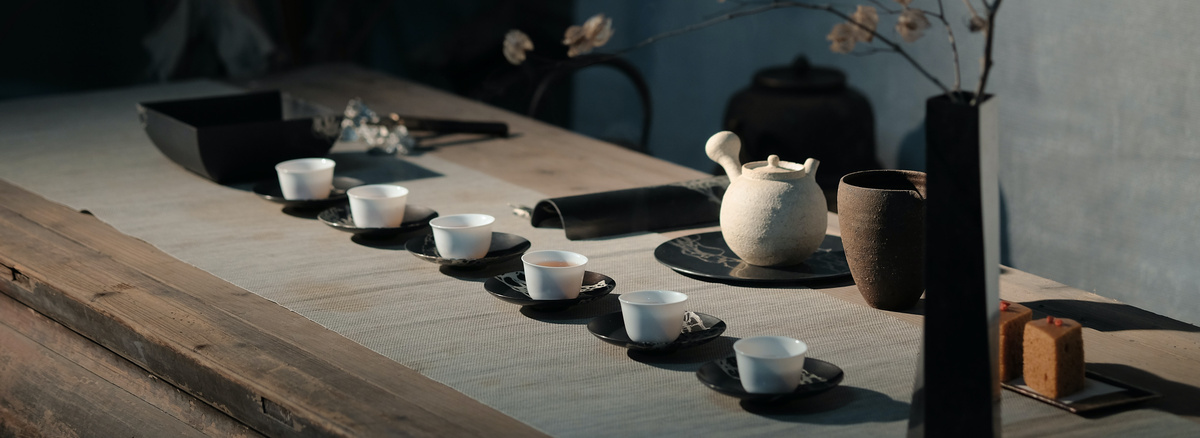
Designing our stage is the art of patience, the attention to details and maintaining balance and as such it requires persistent learning and exercise. There are numerous aspects to bear in mind from the occasion for which the Chaxi is made, the time of day or the season, all the way to the weather that accompanies tea drinking. In addition to the occasion, theme also plays a significant role, and in this regard the selection of harmonizing colours and the use of appropriate tools and materials.
Anything is to be considered that can add richness to the overall picture, but it is vital not to forget about simpleness. We should try to avoid everything that leads to overdecoration and distracts us from the central element. It is worth trying the finished concept from the guests’ perspective: it makes it easier to see what could be changed in case we are not satisfied with our creation.
Ichigo ichie
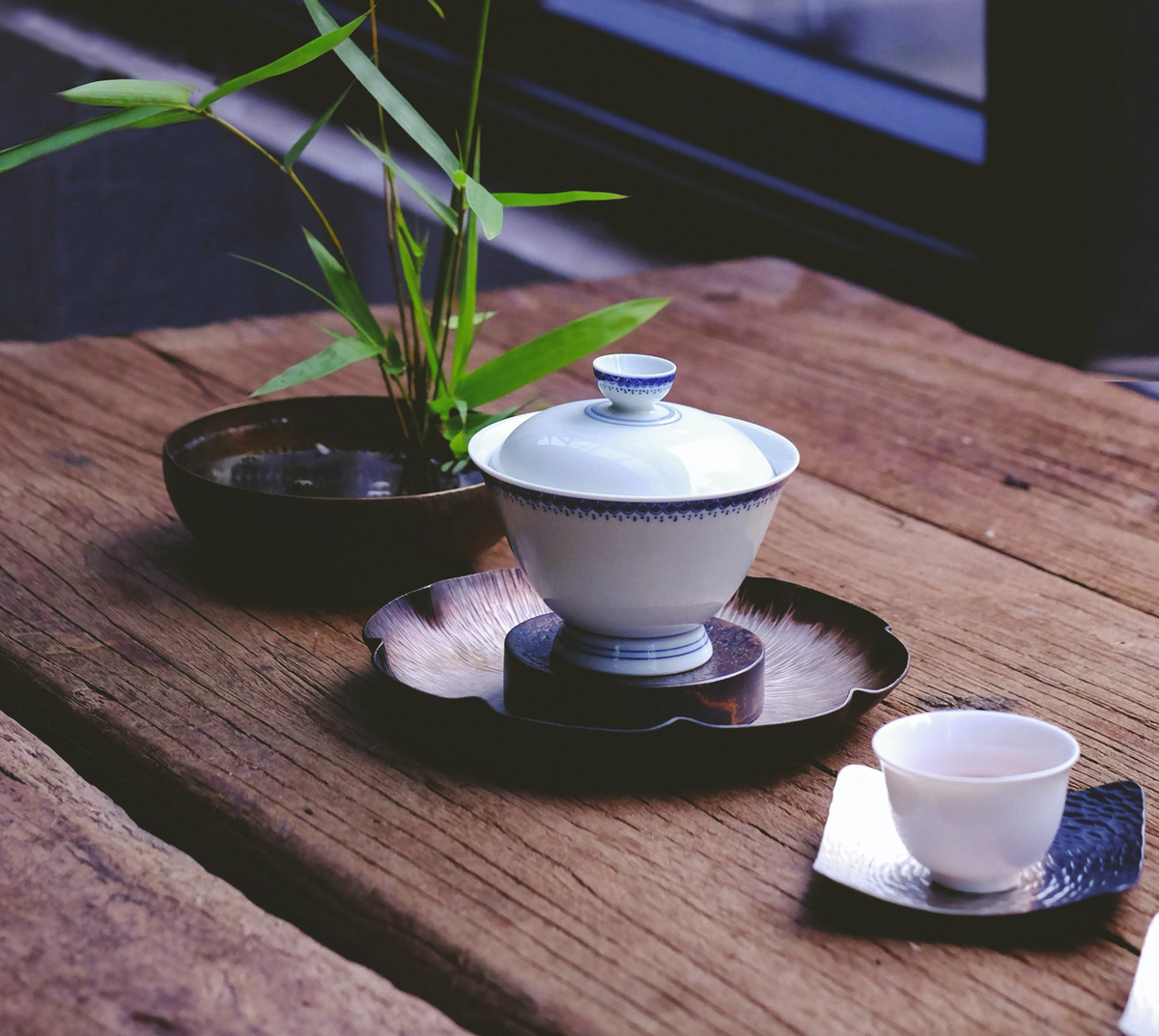
One of the most interesting philosophical aspects of Chaxi is the realisation that every tea ceremony is unique, unreproducible and full of possibilities. The Japanese idiom Ichigo ichie means ’one encounter, one opportunity’, and it expresses this principle perfectly. It does not matter whether our guest is a long-lost acquaintance or someone with whom we have a tea every day: it is our first and last occasion at the same time. The world and the universe are constantly changing around us, thus we ourselves are never the same. Nothing ever happens the same way as before, just as we cannot know how much time we have left in this world. This may arouse negative feelings, but the purpose of Ichigo ichie is actually the contrary. It teaches us to live every moment to the fullest. In the same way, every tea time is special, so it is important being demonstrated by our Chaxi as well.
Conclusion

This short insight clearly does not give a full picture about the nature of Chaxi. It is only a step on the way that we have also just started with this site. Tea is important for us; having quality tea and finding joy in drinking it, perhaps even more important. Creating the appropriate conditions is also part of this experience.
Back to one of the initial thoughts: to have a good tea you need to slow down, we hope you agree and join us.
